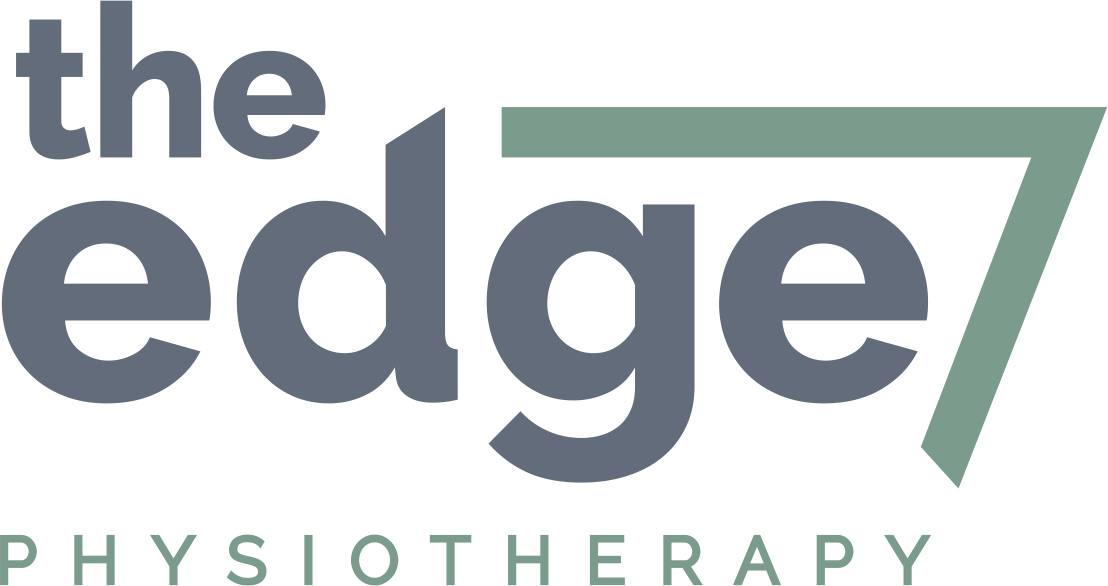Return to dance conditioning…am I dance fit?
Assessments for dance fitness are comprehensive and specific to the requirements of the dancer
It’s back to school, you’ve had the Summer holidays to take it easy, go away, stay at home, maybe a lot of couch time along with just hanging out with friends. Now you’re back in session, classes have begun again and your calendar is filling up with competition dates, new routines, new teachers, possibly pointe work as well?.
When I ask the dancers who come to my clinic if they are working hard to remain conditioned during holidays, most of the time they smile and say no. There is something to be said for some down-time, many of the dancers who come into my clinic whether it be for injuries, conditioning or dance assessments, most the year is spent in full competition and training mode. So a bit of time off is well earned. Having said that, we don’t want to return to dance without some form of return to sport conditioning.
Dance is a whole body experience, their body is essentially their instrument and the demands of the sport require a variety of forms of fitness as we define it. This includes flexibility, aerobic and anaerobic fitness, strength, power, muscle endurance and neuromuscular coordination. Being fit reduces injury risk and by engaging in conditioning you are not only reducing your injury risk but you are also enhancing performance and potentially investing in a long lasting career in the art form. We want the best dancers possible and our task is to produce physically fit and healthy dancers who can meet any task at the optimal level. We can maxmimise a dancers strengths by engaging in conditioning outside of the traditional sense which is purely by conditioning in the classroom. This conditioning programs must compliment the dancer in every way, which is why you want a personalised program for every dancer.
To reduce the likelihood of injury, avoiding those general aches and pains and to maximise your potential with return to class here are a few things you can consider:
muscle atrophy (wastage, weakening) occurs approximately two weeks after ceasing loading and training, this is a fact
muscle memory remains for years and years
rates of injury with return to activity are at their highest due to the effects of deconditioning
have I addressed any previous or ongoing injuries?
what am I asking of my body when I return to dance, is it reasonable?
what are my goals for the year ahead and how am I setting myself up for success?
am I dance fit?
I regularly assess a dancers dance fitness and I consider the demands of the style, level, age, body type, maturity (skeletal and psychological), school, and psychosocial factors. As a dance physio I am here to enhance the strengths of every dancer.
Sam
